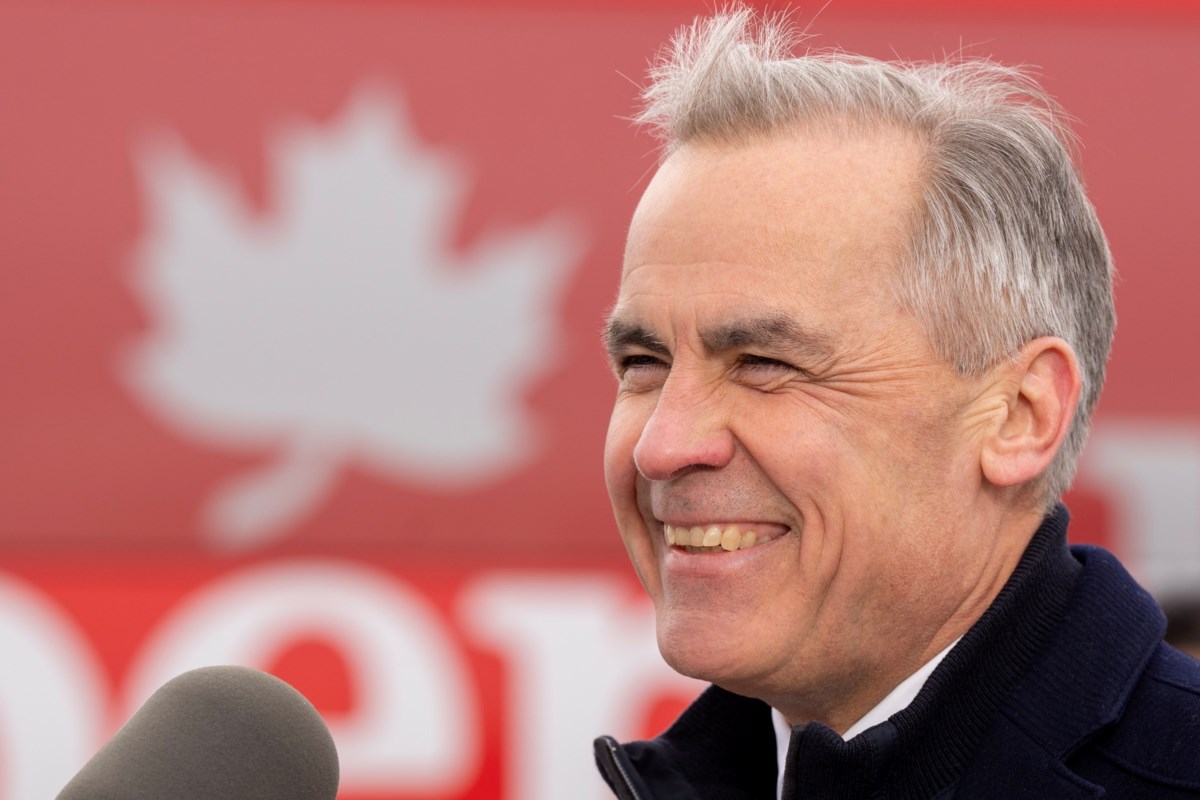Why Canadian utilities are looking past the Trump threat to continue a U.S. spending spree

Open this photo in gallery: Capital Power’s Genesee Power Plant is seen near Edmonton on Oct. 19, 2022. Two weeks ago, Capital Power spent $3-billion to acquire two natural-gas-fired power plants in the U.S., one in Ohio and a second in Pennsylvania.Jimmy Jeong/The Canadian Press For all the political talk of the need for a “Canada First” strategy on infrastructure investment, the county’s largest utilities continue to pour money into U.S. expansion. And investors large and small are lining up to support these cross-border growth strategies on the theory that U.S. President Donald Trump’s trade war will leave the infrastructure sector unscathed. Two weeks ago, Edmonton-based Capital Power Corp. CPX-T spent $3-billion to acquire two natural-gas-fired power plants, one in Ohio and a second in Pennsylvania. The week before, Brookfield Infrastructure Partners LP BIP-UN-T agreed to buy Colonial Enterprises, owner of pipelines connecting Texas oil fields to New York customers, for US$9-billion, including debt. Both investments took place against the backdrop of sweeping tariffs from Mr. Trump and increasingly frosty relations between Canada and United States. The deals follow billions’ of dollars worth of investments in American and Mexican infrastructure by Canadian heavyweight utilities such as TC Energy Corp. TRP-T, Enbridge Inc. ENB-T and Fortis Inc. FTS-T, all launched before Mr. Trump’s election victory last November. Capital Power’s acquisition is significant because it’s the latest in a series of well-received deals meant to shift what was once a city-owned utility away from its roots as a supplier to the Alberta grid. The company got its start in 1891, when its founders fired up a hand-stoked, coal-powered boiler on the banks of the North Saskatchewan River to light up a town of just 700 people. Capital Power, then part of Epcor Utilities Inc. in Edmonton, went public in 2009 and expanded into British Columbia, Ontario and more than a dozen U.S. states. This month’s purchase of two U.S. gas-fired power plants gives Capital Power its first access to North America’s largest electricity market, a 13-state grid known as the PJM Interconnection, which has roots in Pennsylvania, New Jersey and Maryland. The deal also cements the utility’s standing as one of the continent’s top five natural-gas-fired power producers. “This move enhances Capital Power’s geographic diversification, ensuring no single market represents more than 30 per cent of its net capacity,” said analyst Robert Hope at Bank of Nova Scotia. Alberta customers now represent just 28 per cent of Capital Power’s business. Capital Power is buying the U.S. gas-fired plants from New York-based LS Power Equity Advisors LLC, a privately-owned asset manager. The deal is expected to boost Capital Power’s adjusted funds from operations – a standard measure of performance at utilities – by an impressive 17 per cent to 19 per cent a year. To pay for the acquisition, which is expected to close within six months, Capital Power raised $150-million by selling stock to Alberta Investment Management Corp., the $168-billion asset manager owned by the Alberta government. This is a well-established partnership. In 2023, AIMCo stepped up for $100-million of Capital Power equity to help fund its $1.5-billion purchase of gas-fired plants in California and Arizona. With AIMCo’s seal of approval on this month’s takeover, Capital Power initially tapped public markets for another $350-million by selling stock in an offering led by TD Securities and CIBC Capital Markets. Investor demand vastly exceeded expectations, as individuals and institutions jumped on the power plant owner as a safe harbour from tariff storms. The investment banks initially increased Capital Power’s stock sale to $450-million, then tapped what’s known as an over-allotment option to raise a total of $517-million. At a time when public markets are effectively closed to companies with perceived cross-border risk, including initial public offering candidates, Canadian utilities continue to find massive investor support for North American expansion. Capital Power sold shares for $43.45 each, and the company’s stock has since rallied to more than $50 a share. There are two takeaways from the Capital Power and Brookfield acquisitions for federal politicians who spent the past five weeks on the campaign trail, promising to wean Canada of its dependence on energy exports to the U.S. by building infrastructure such as gas pipelines and liquefied natural gas terminals that will link domestic producers to markets in Asia and Europe. On the bright side, recent deals make it clear there are utilities with the ambition to take on these challenges and investors lined to fund these projects. TC Energy chief executive officer François Poirier used a speech this month to the Canadian Club to make a convincing case for Canada to become the world’s largest LNG exporter. The downside is Canada has an abysmal track record for getting major energy projects done. With the notable exceptions of the Trans Mountain pipeline expansion, built by taxpayers, and the planned LNG Canada terminal in Kitimat, B.C., there’s been more stop than go in the government’s infrastructure approval process. In the absence of opportunities to invest in Canada, domestic utilities are looking past a hard-to-ignore U.S. President and putting money into American projects. And Canada’s biggest asset managers, such as AIMCo, are backing their expansion plans.



















